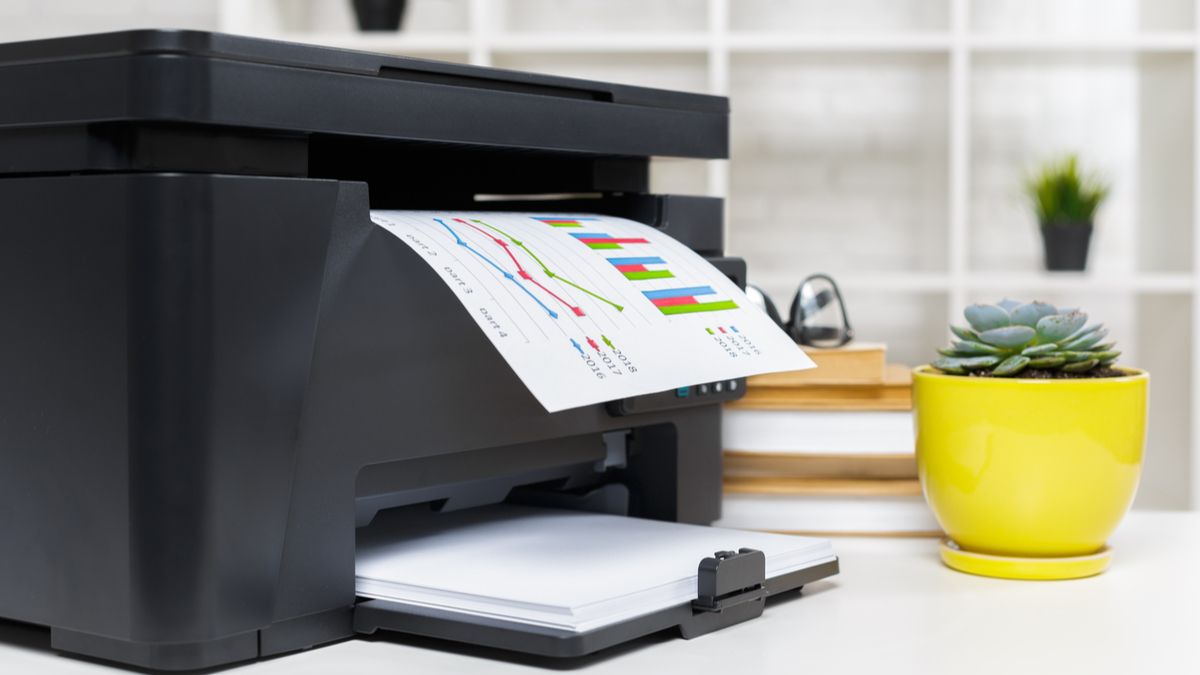If you've been in the market for a new printer, you've probably seen the term "duplexing." A duplex printer makes it faster and easier to print documents on both sides of your printer paper.
What Is Duplex Printing?
Simply put, duplex printing is a fancy way of saying "Printing on both sides." But, of course, it's never as simple as that since each printer tends to approach it from a different direction.
For example, some printers only have manual duplexing, which often means you have to physically flip over the paper and run it through printing again. Now, you might be thinking: "Well, can't I just do that normally?" The answer is both yes and no; while you can absolutely do that with any printer, duplexing printers make it easier because they automatically skip every other page in a printing job.
Therefore, it's easy to flip the batch of paper over and run them through the printer again. On the flip side (pun intended), there are auto-duplexers, and these sort of printers don't require any input from you to flip pages.
With some older models, the auto-duplexing function sometimes requires an external attachment that flips the paper over. If you're buying a modern printer, though, they tend to offer auto-duplexing, which manages the whole thing internally without the need for extra hardware. So if you do end up going with an auto-duplexing printer, make sure which type it is before you spend your cash.
If you want true full automation when making copies, you should also consider getting an auto-duplexing scanner. It's the same concept as the printer, but for scanned paper, so all the same advice applies.
Finally, and we mention this because it's interesting, some industrial-level printers will have two print engines and print on both sides simultaneously. Compare that to consumer-grade auto-duplex printing, which has one printing engine and flips the page over internally.
Why You Should Get a Duplex Printer
The primary advantage of duplex printing is the cost, even though it may not seem like it at face value.
For starters, there are direct savings in terms of printing on both sides of the paper, rather than having to use double the amount that you would without the duplexing. Then, of course, there's the issue of being eco-conscious and extra paper waste by printing single-sided. Using less paper also means easier storage and running more batch printing with less effort.
As for indirect savings, consider how much you printer per month or year and how duplexing can affect it. For example, the several seconds of manually flipping each page without duplexing add up over that number of pages. In a similar vein, if you splurge for an auto-duplexer, you can shave down the time you need to babysit the printer by quite a bit, freeing you up to do other things.
Of course, that being said, if you're just using a home printer for the occasional page here and there, then auto-duplexing is more of a luxury than a necessity.

